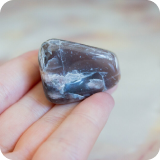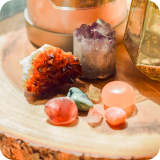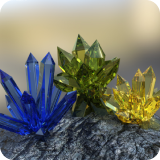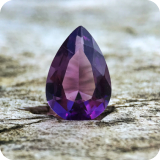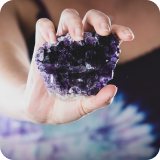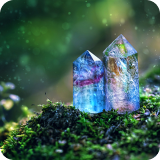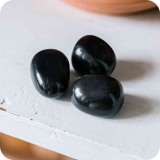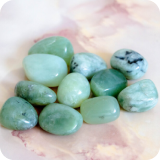- 11 Common Characteristics of Fake Moldavite
- In a Nutshell
There are so many fake Moldavites nowadays that even pros are confused when buying new stones. So, what does fake Moldavite look like? How to identify an authentic Moldavite?
You can identify a real Moldavite from a fake one by observing its color, texture, shape, size, origin, inclusions, and price tag. Real Moldavite isn’t uniform, and has a pale olive color with bubbles and many inclusions.
I’ll describe 11 ways to determine fake Moldavites from real ones at your home, as follows:
11 Common Characteristics of Fake Moldavite
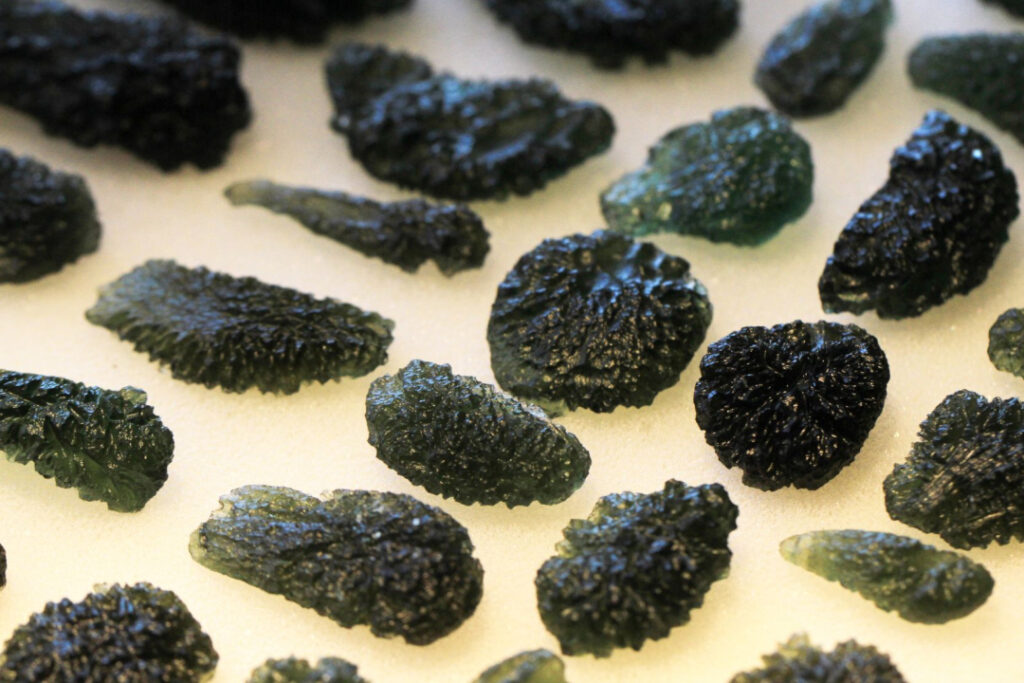
Do you know Moldavite is a high-vibration stone? That’s one of the reasons why it’s so revered around the world. But its powerful energies won’t work if you have a fake one.
Let me simplify ways to detect real Moldavites from fakes, so that you’re never duped.
How To Identify Real Moldavite by Color
Do you know what does real moldavite look like? The colors in authentic Moldavite crystals range from olive to dark green and black with brown ridges. Some people describe the color of Moldavite stones as moss green too.
Experts use the word dirty to describe natural Moldavites, and not the bright green colors of emerald or jade crystals.
How To Determine a Fake Moldavite by its Clarity?
Fake Moldavites look crystal clear throughout, unlike the imperfections and flaws in a real Moldavite.
Moreover, real Moldavites may look pale or translucent but never bright, clear, or transparent. Real Moldavites look clearer in their polished forms but never as clear as diamonds.
Where Do Real Moldavites Come From?
Moldavites result from a meteorite collision that occurred 14.5 million years ago in the Czech Republic. So, it’s found in a 40-square-mile radius around the Moldau River. Hence, real Moldavites originate from South Bohemia, Moravia, Bohemia, and nowhere else.
Here’s a bonus tip to identify real Moldavites based on their origin – Moldavites originating from China and India are fake!
How To Spot Fake Moldavite by Texture?
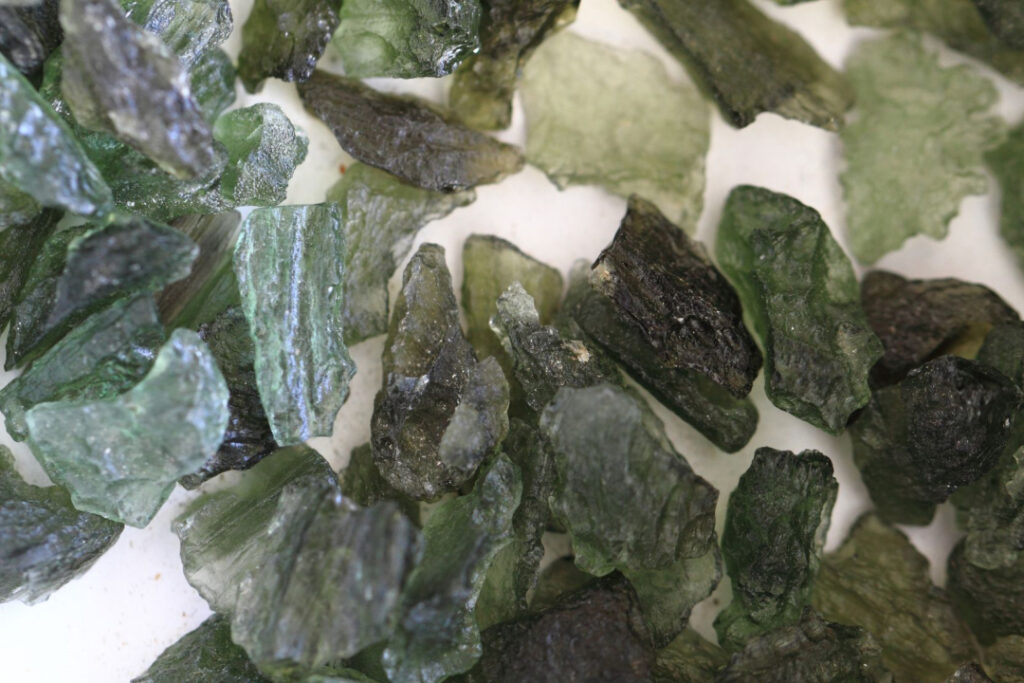
Real Moldavites have an amorphous nature. Hence, they aren’t smooth, even when cut or polished.
Moreover, fake Moldavites are shiny, glassy, oily, or wet, unlike a natural Moldavite’s rough texture. The sheen in fake Moldavites is visible if they’re made from molten glass.
How To Identify a real Moldavite by its Size?
Fake Moldavites are ridiculously large, thin, and cheap. On the other hand, real Moldavites are rare, expensive, and tiny.
Moreover, cutting and polishing Moldavites wastes much of the crystal, even when done by experts. That’s why commercially sold natural Moldavites are small.
How To Recognize a Real Moldavite by Using a Microscope?
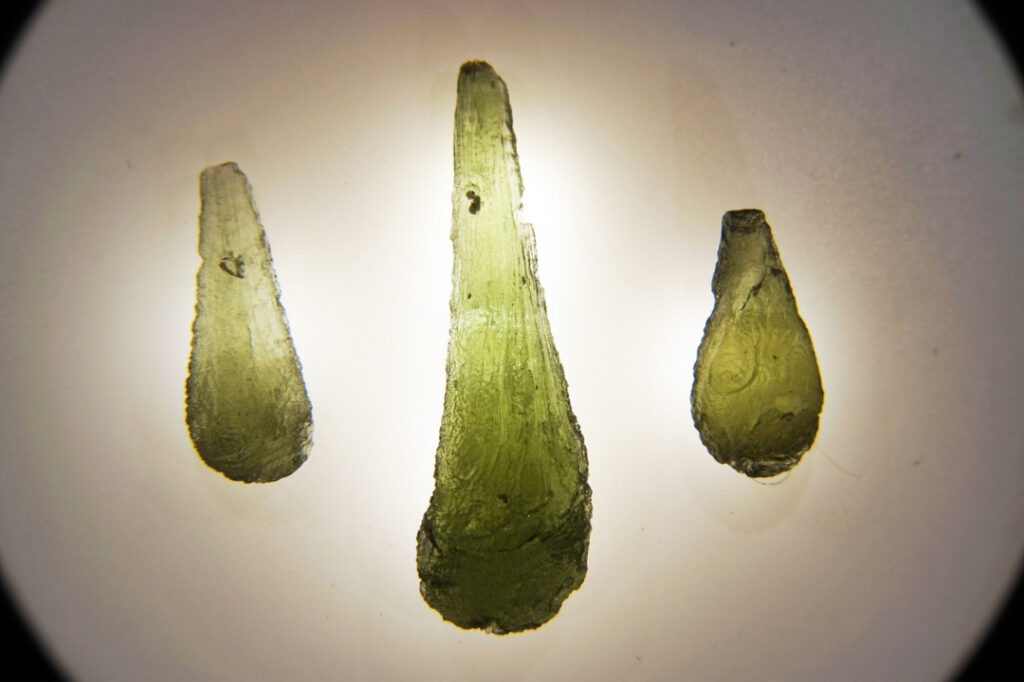
Real Moldavites aren’t crystal clear, due to inclusions or flaws in them. These inclusions are from the presence of magnesium and iron.
Moreover, bubbles trapped in the crystals, during formation, are visible in real Moldavites under a microscope. That’s why extremely clear and flawless Moldavites are fakes.
How To Spot a Fake Moldavite by its Shape?
While internet searches these days show Moldavites in perfect shapes, they’re amorphous crystals without any crystalline structure. So, Moldavite crystals often grow into non-uniform shapes and patterns, unlike the perfect shapes seen in fake Moldavites.
How To Determine if You Have a Fake Moldavite with Its Certification?
If your Moldavite came with a certificate from gemstone testing laboratories other than GIA, there is a high chance it’s a fake. That said, AGL, IGL, and GII are also reliable certification labs good for testing your Moldavite.
Moreover, many fake Moldavite sellers print and share the same duplicate gemology certificate with seals from unconventional labs. So, don’t trust a seller just because they sent a certificate along with your crystal.
What Is the Moldavite Scratch Test for Identifying Real Moldavite vs. Fake?
First off, doing a scratch test can alter your crystal permanently! So, do it carefully, or only if it’s your last resort.
In this test, you scratch a diamond against a Moldavite.
Natural Moldavites score 5.5 on the MOHS scale. On the flip side, diamonds are the hardest crystals. So, they score 10 on the hardness scale. This test is concluded based on scratch marks on the crystal made using diamonds.
How Much Does Real Moldavite Cost?
Real Moldavites aren’t cheap. That’s because it takes a lot of Moldavite to make a polished or faceted product. Also, there are only four mines of Moldavites left in the world, due to heavy mining in earlier years.
So, if the Moldavite costs just a few dollars, it may be a fake.
On the contrary, Moldavite beads can cost between $60 to $80 per bead, making the price of a natural Moldavite bead bracelet around $1200. Moldavites cost $15 to $25 per gram.
How To Recognize a Real Moldavite from a Fake With Its Energy?
Often called the ascension stone, Moldavite is a high-vibration crystal.
Most experts say touching authentic Moldavites makes the person feel hot, dizzy, or disoriented due to its powerful vibrations.
In some cases, Moldavites may even cause severe headaches. So, if your Moldavite produces soft, subtle, or gentle energies, test it in other ways before buying it.
In a Nutshell
Many people sell fake Moldavites around the world because they’re rare, powerful, and expensive.
So, it’s good to test using one or more of the 11 ways as described above. If your results are still inconclusive, get your stone checked by a certified gemologist.
Here’s a quick look at everything we learned today:
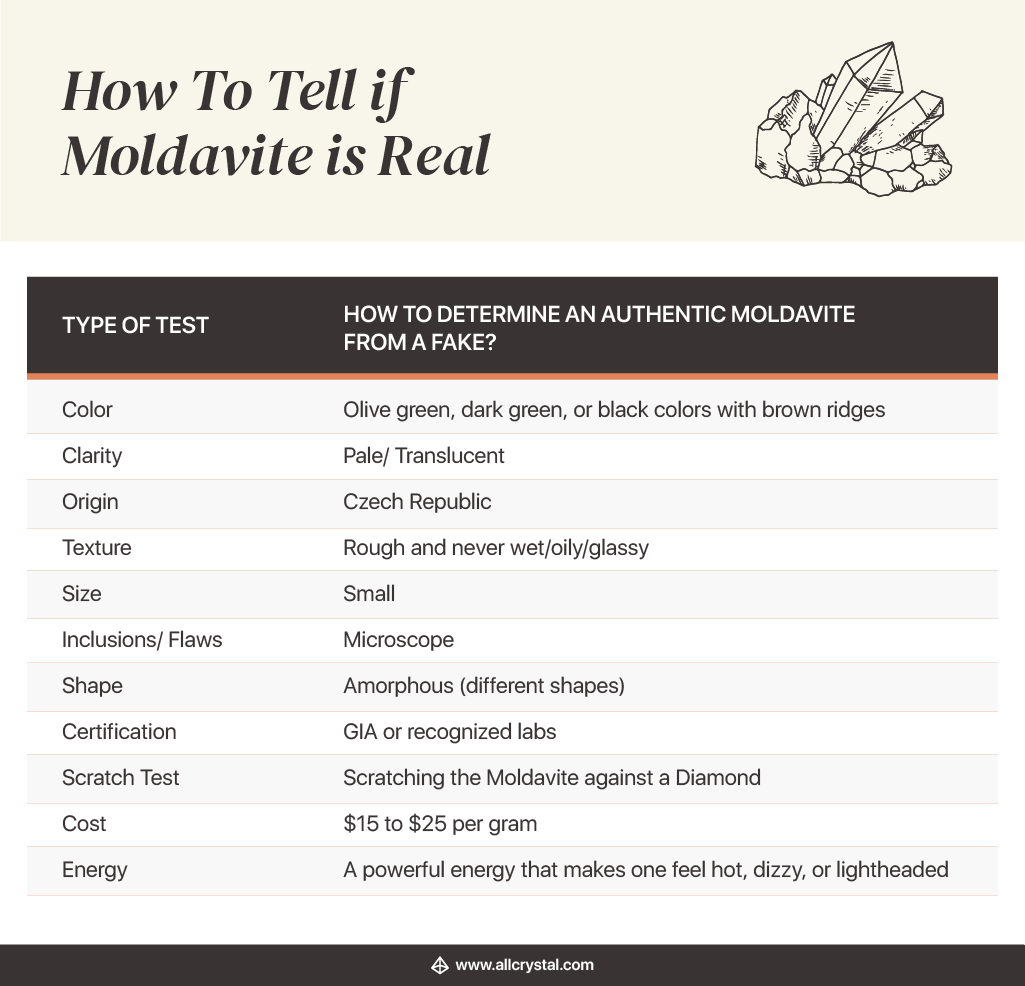
Taking a closer look at the shape, color, texture, and nature of crystals will help you determine fake Moldavites from real ones.
Here’s a bonus tip: if the Moldavite in question is too bright, it’s most probably synthetic emerald!


